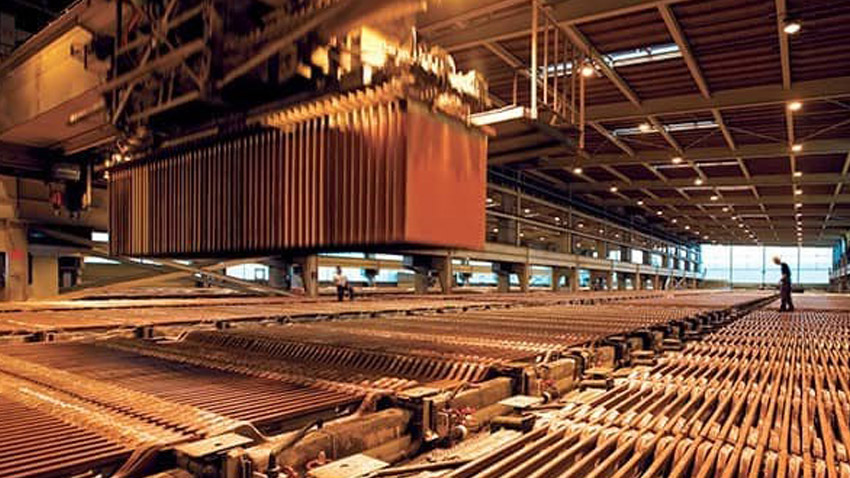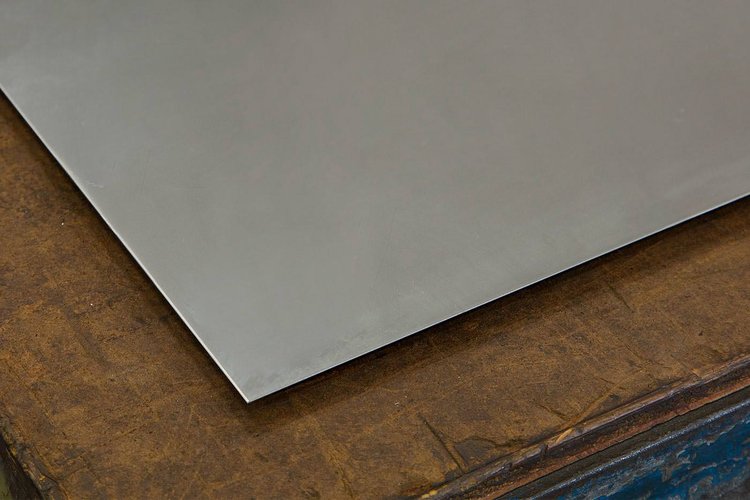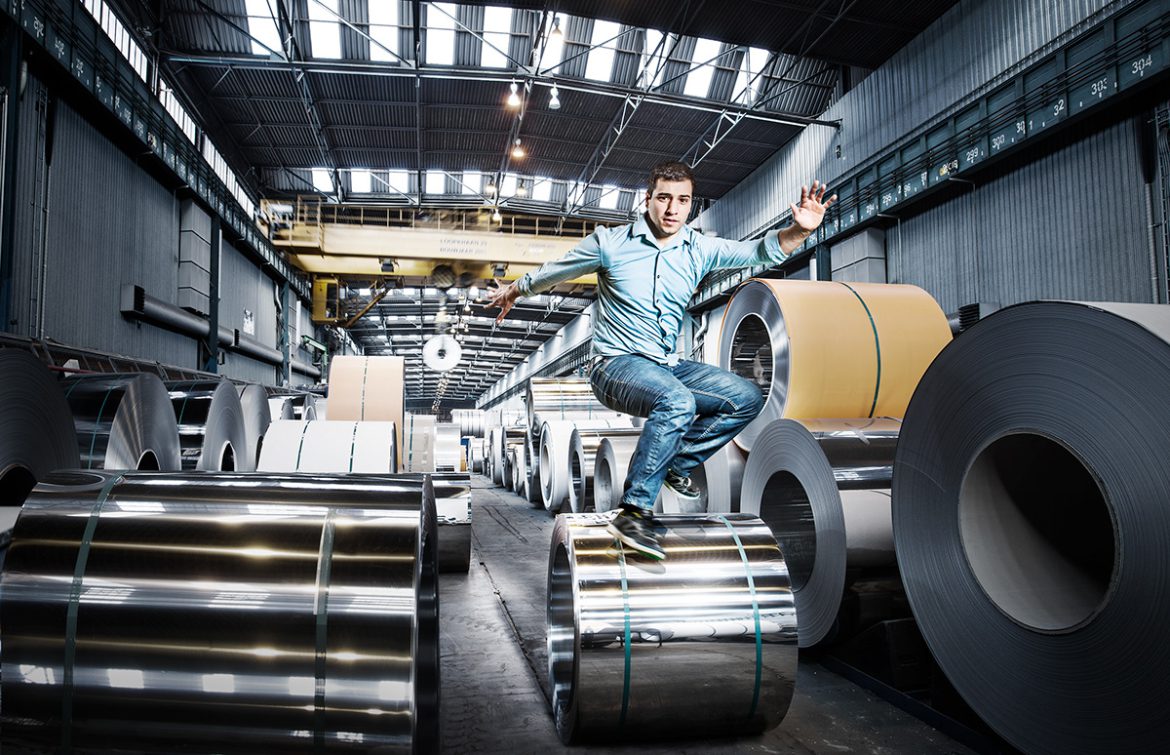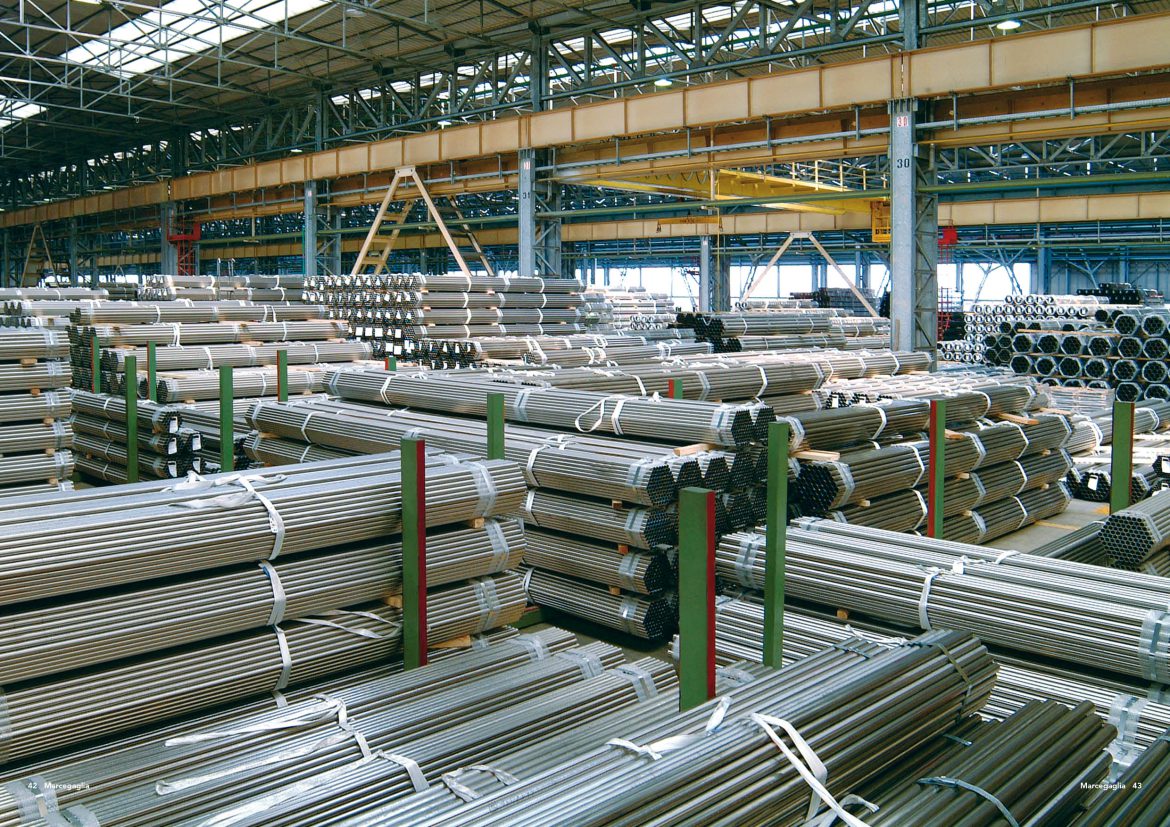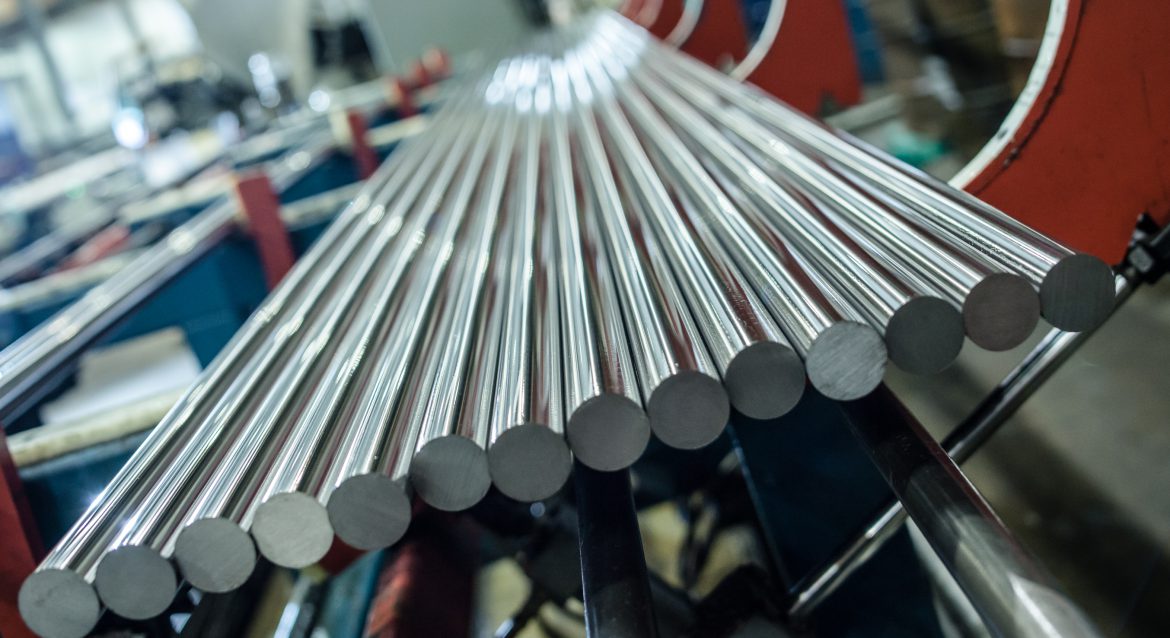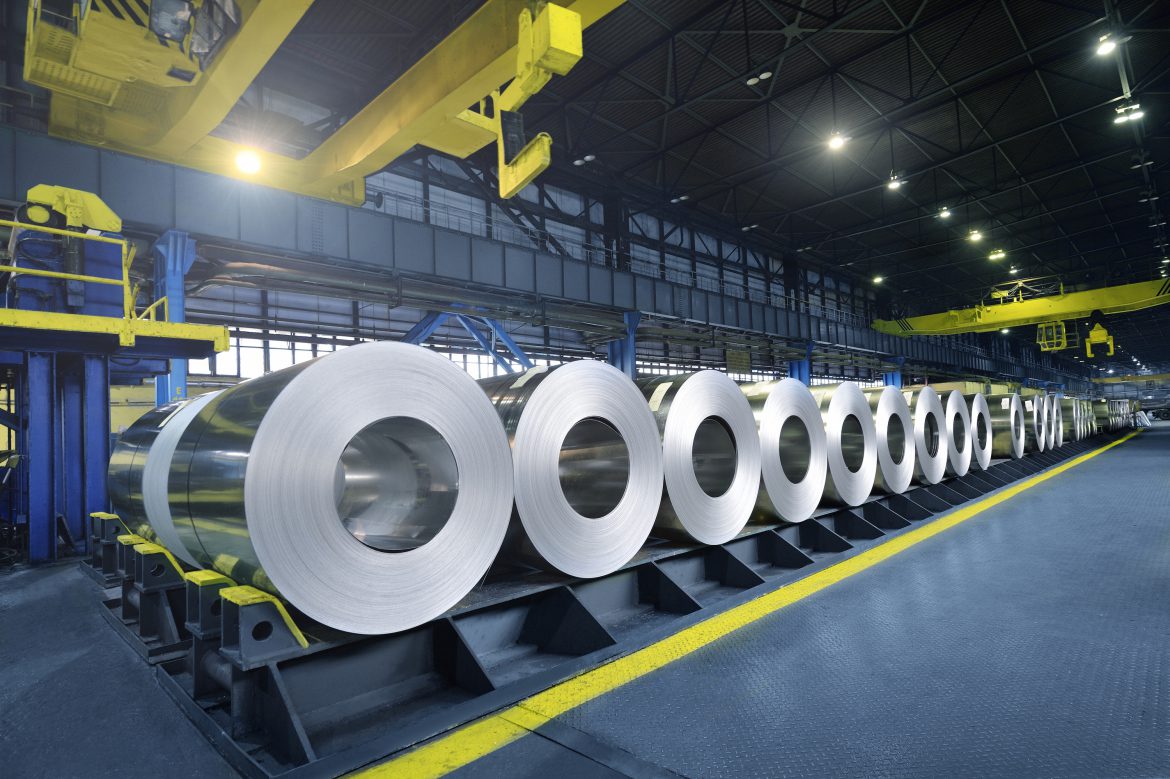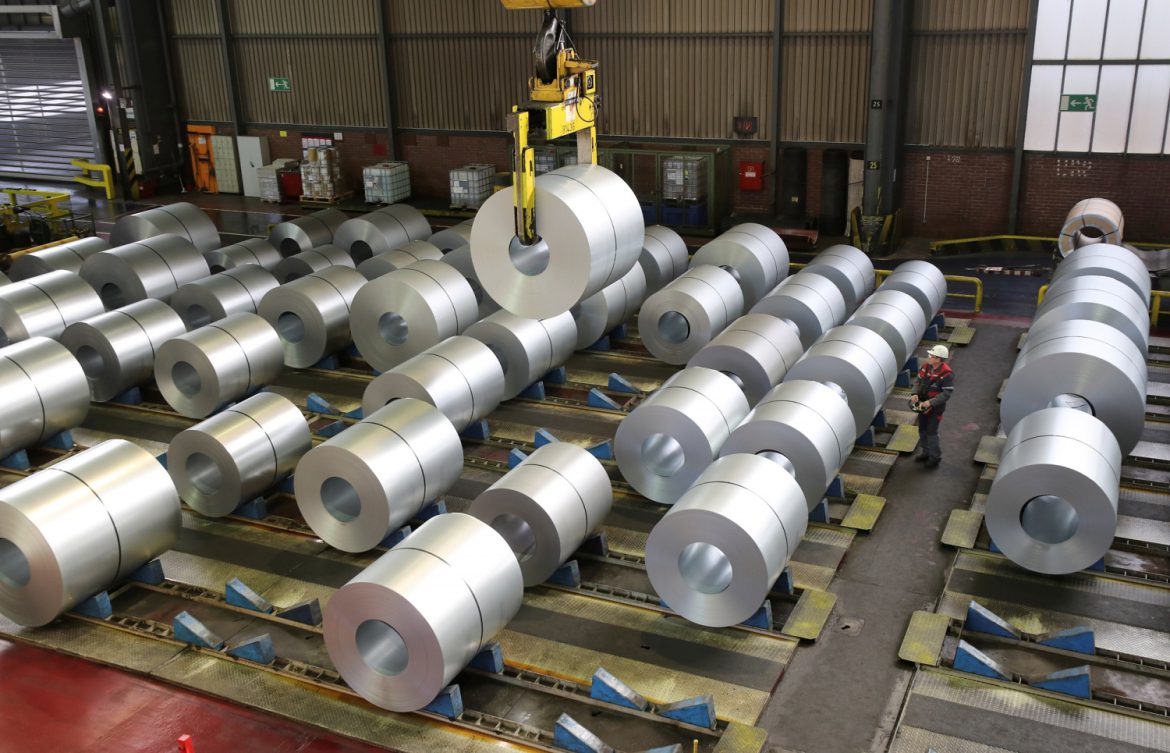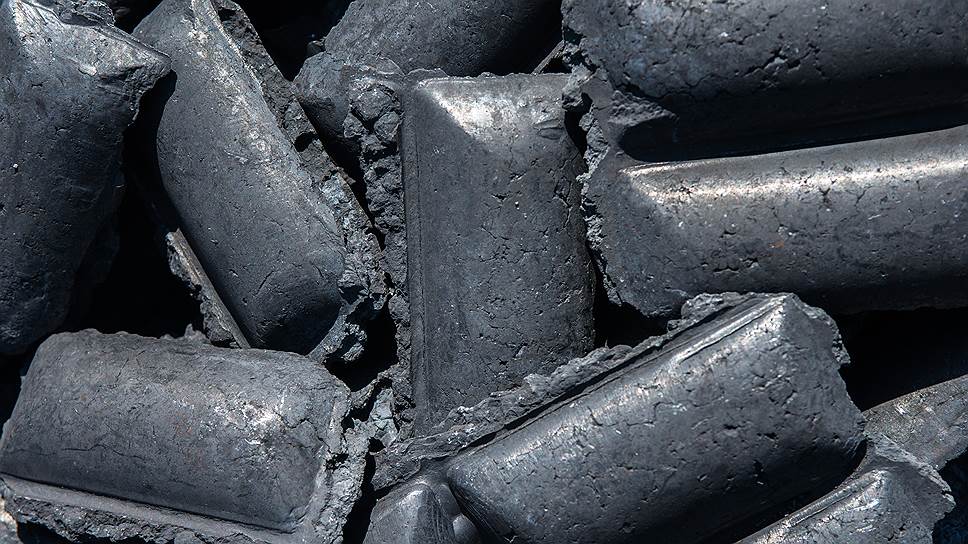Direct reduction refers to solid-state processes that reduce iron oxides to metallic iron at temperatures below the melting point of iron. Reduced iron derives its name from these processes, such as syngas reductant, hydrogen and carbon monoxide. For more information on direct reduced iron, visit our website.

The brief introduction to direct reduced iron
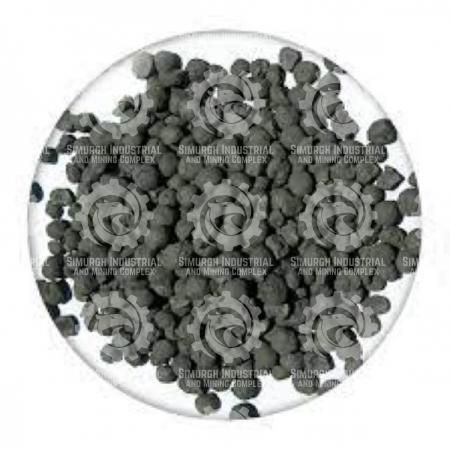 In today’s industry, direct reduction processes have been developed specifically to address the problems of conventional blast furnaces. Direct reduced iron is successfully produced in various parts of the world and allows the production of specialized iron and steel products in a decentralized manner (separate from the centralized model of the old furnace called “steel complexes”).
In today’s industry, direct reduction processes have been developed specifically to address the problems of conventional blast furnaces. Direct reduced iron is successfully produced in various parts of the world and allows the production of specialized iron and steel products in a decentralized manner (separate from the centralized model of the old furnace called “steel complexes”).
The initial investment in a remanufacturing plant (CAPEX) and operating costs (OPEX) are lower than those for smelters and are more profitable for developing countries where production of high quality coal coke is limited, although scrap is generally available for recycling. Factors that directly reduce iron production: Direct reduced iron contains about the same amount of iron as iron, usually 90-94% of the total iron (depending on the quality of the raw ore).
For this reason, it is an excellent raw material for electric furnaces used in small factories and allows lower quality scrap to be used to fill or produce higher quality steel. Briquetted cast iron (HBI) is a compact form of direct reduced iron designed to facilitate transportation, storage and storage. Direct reduced iron (HDRI) hot iron is direct reduced iron that is transferred from a hot and direct reduced furnace to a summer electric furnace, resulting in energy savings. The direct reduction process uses granular iron ore or natural “disposable” ore.
An exception is the slurry process, which requires inorganic iron ore particles. The direct reduction process can use contaminated natural gas with inert gases, eliminating the need to remove these gases for other purposes. However, any contamination of the reducing gas with inert gas reduces the impact (quality) of the gas stream and the thermal efficiency of the process.
Sources of pulverized ore and raw natural gas are available both in regions such as Northern Australia and in reducing fuel transportation costs. In most cases, a DRI plant is located close to a natural gas source as transporting ore is more profitable than transporting gas. Direct reduction of iron yields 97% pure iron. For more information direct reduced iron in bulk visit our website.
Exporting Countries for direct reduced iron
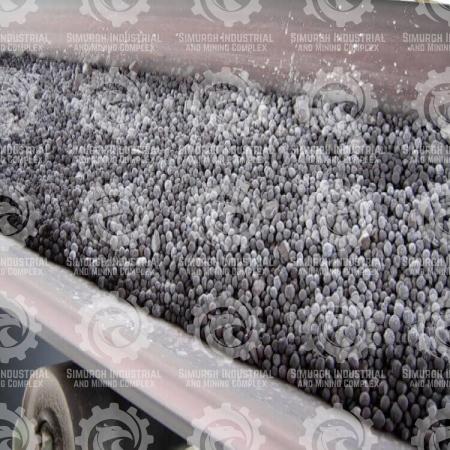 Our country, Iran, is one of the Exporting Countries for direct reduced iron and delivers this widely used product to customers at a good price and has attracted many fans, so you can For more information about direct reduced iron price, visit our site.
Our country, Iran, is one of the Exporting Countries for direct reduced iron and delivers this widely used product to customers at a good price and has attracted many fans, so you can For more information about direct reduced iron price, visit our site.
You can contact us to buy and sell this product:
Sales consultant: Ms. Leila Nematzadeh
Ways of communication: Phone number: 02147623014
Phone number: 02147623014
 Phone number: 04133660491
Phone number: 04133660491
 Phone number: 09120169267
Phone number: 09120169267
 WhatsApp Response (Skype): click
WhatsApp Response (Skype): click
 Instagram: simurgh_steel_company@
Instagram: simurgh_steel_company@
 email: info@simurghsteelco.com
email: info@simurghsteelco.com
 email: ironore110@gmail.com
email: ironore110@gmail.com
 Facebook: ironore110@
Facebook: ironore110@
 LinkedIn: simurgh-iron-and-steel-company-a68295180@
LinkedIn: simurgh-iron-and-steel-company-a68295180@
 twitter: CoSimurgh@
twitter: CoSimurgh@
